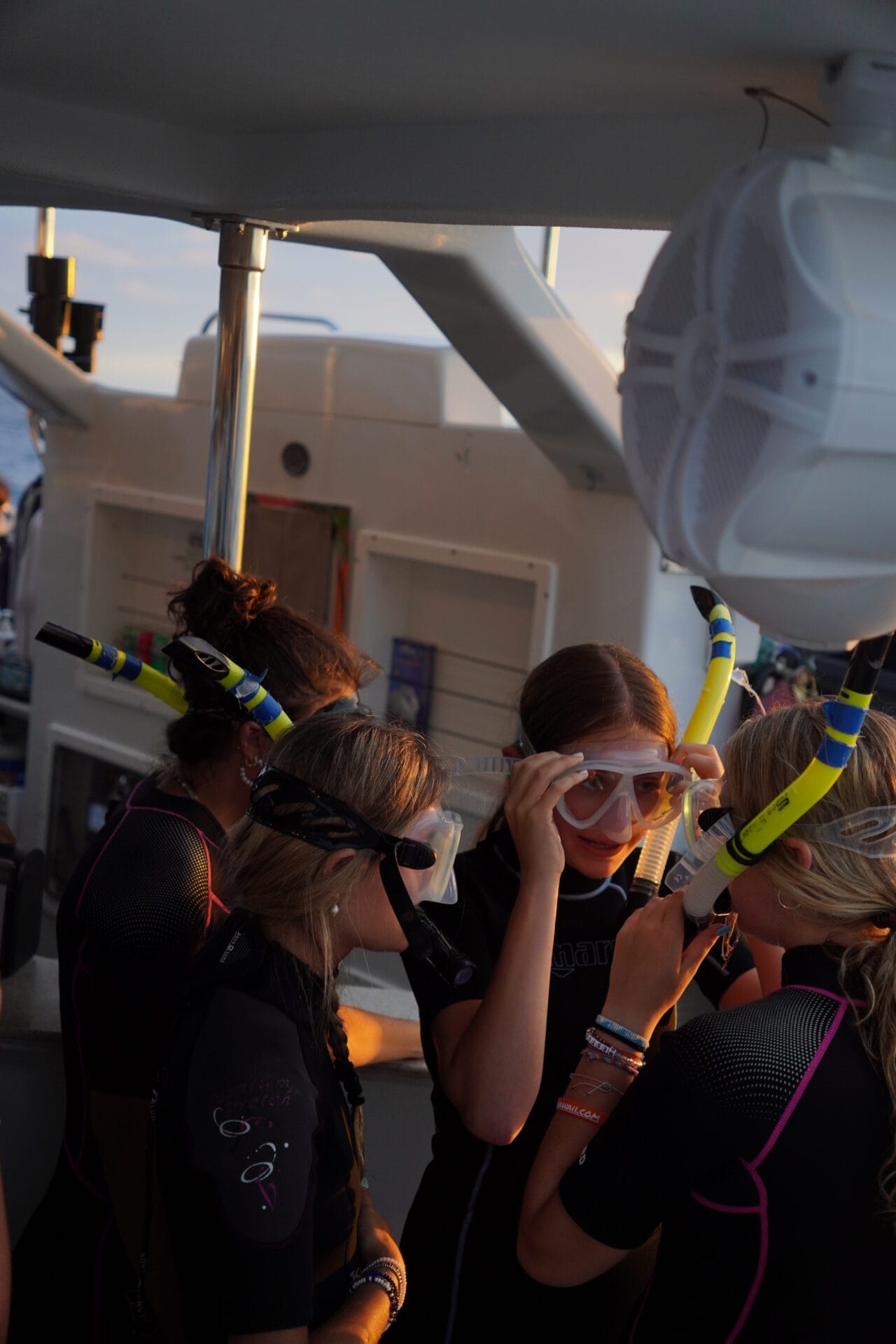The Hawaiian War Chant: A Misnomer
The popular song “Hawaiian War Chant” is actually a misnomer. Its original Hawaiian title, “Kāua I Ka Huahuaʻi,” translates to “We Two in the Spray,” and was written as a love song by Prince Leleiohoku in the 1860s. The song describes a clandestine meeting between two lovers, rather than a battle cry.
A Musical Journey
The melody of the song was recorded by the Crowel Glee Club in 1911, but it wasn’t until the 1930s that it gained widespread popularity. In 1936, lyricist Ralph Freed penned English lyrics for the song, and musician Johnny Noble adapted the melody, giving it a more upbeat and energetic tempo. Tommy Dorsey’s big band recording of the song in 1938 further solidified its popularity in the United States.
A Cultural Icon
Despite its misleading title, “Hawaiian War Chant” has become a cultural icon associated with Hawaii. The song’s catchy tune and lively rhythm have made it a favorite for tourists and locals alike. It has been featured in numerous films, television shows, and theme parks, cementing its place in popular culture.
A Legacy of Love
While the song’s title may be a misnomer, its original meaning as a love song continues to resonate with listeners. The “Hawaiian War Chant” serves as a reminder of the rich cultural heritage of Hawaii and the enduring power of love.















